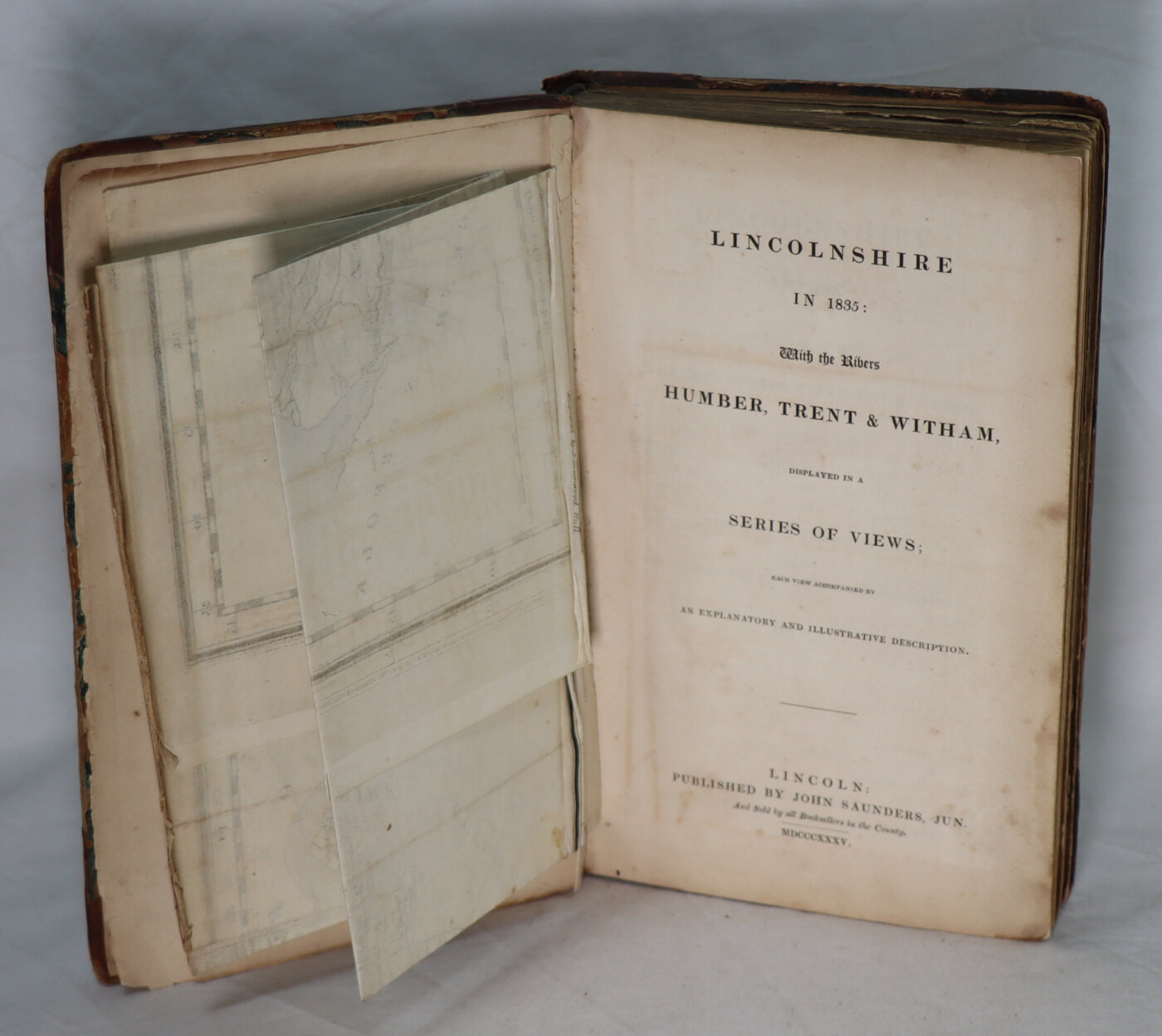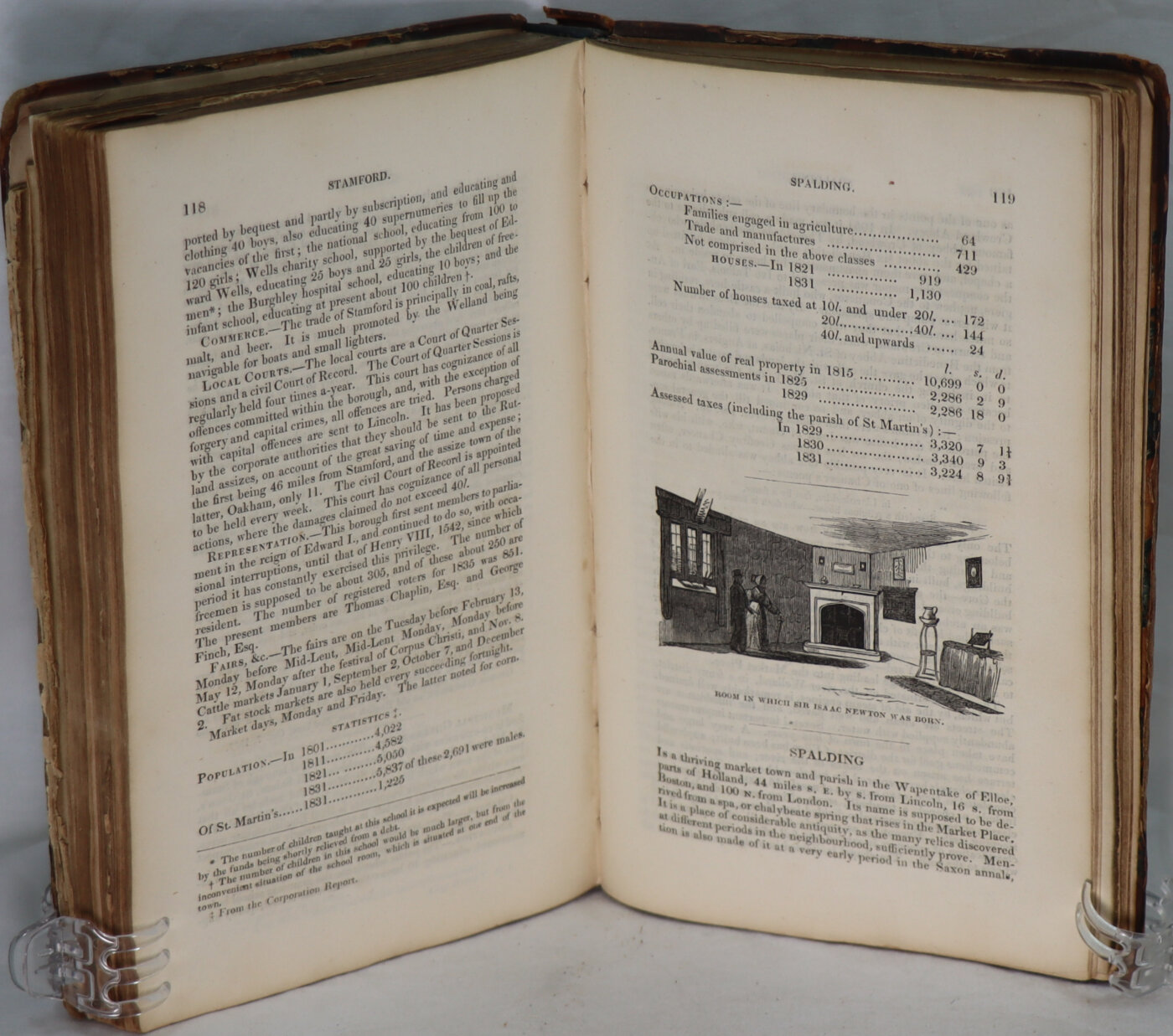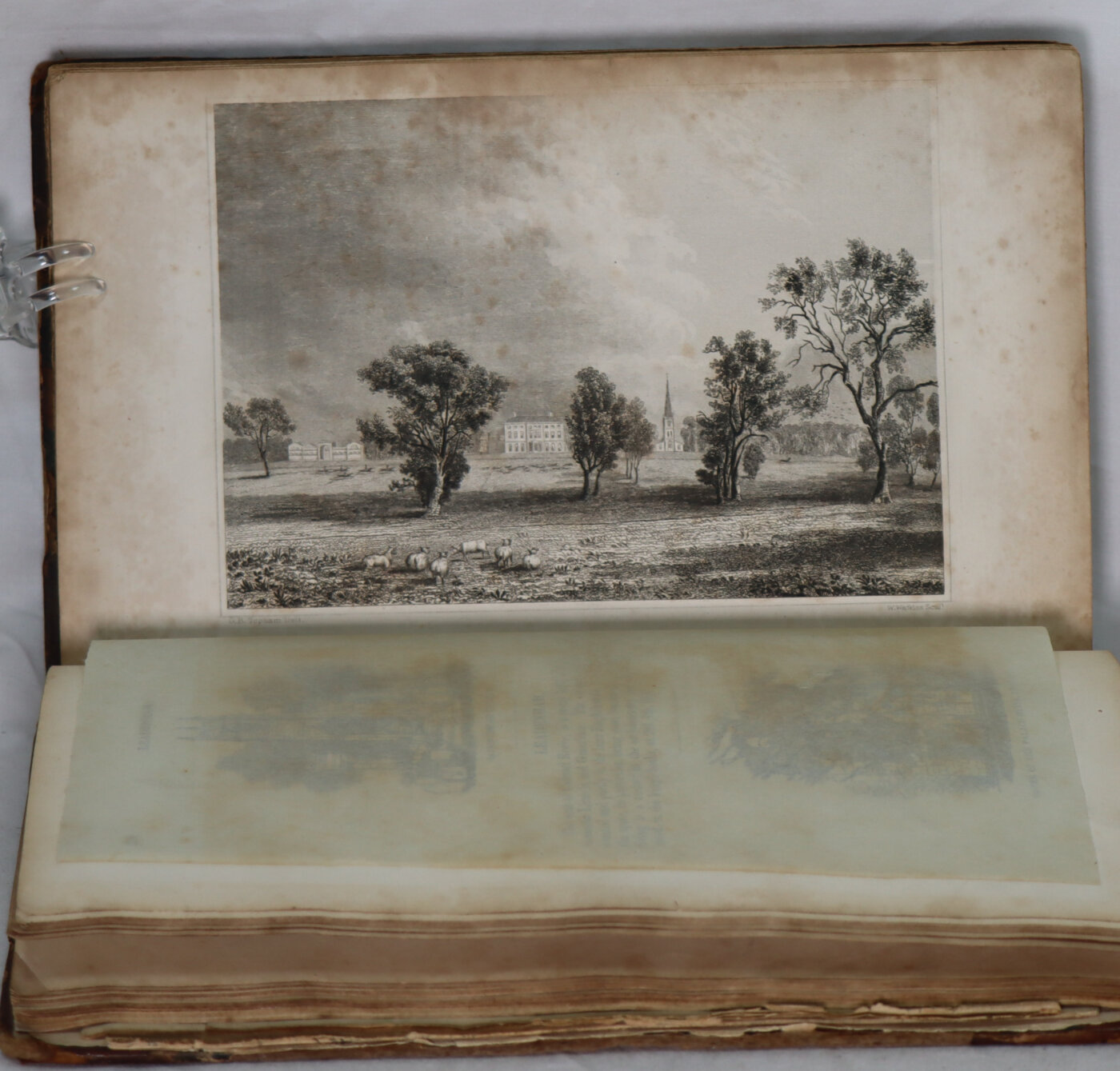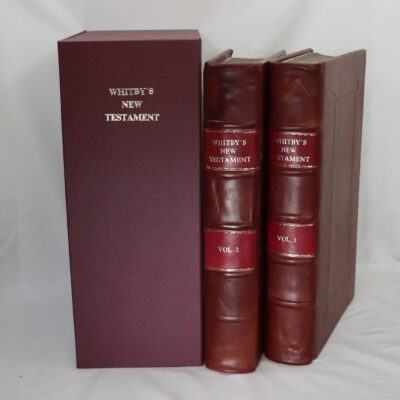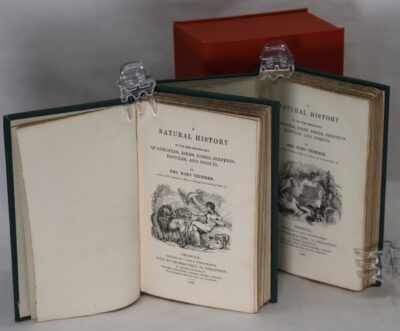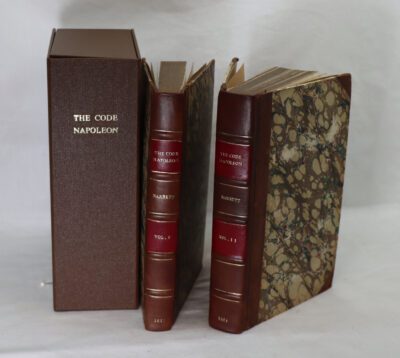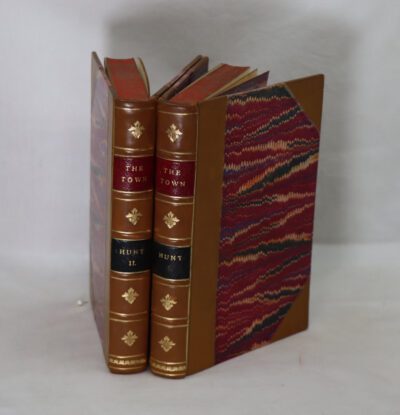History of Lincolnshire in 1835.
Printed: 1835
Publisher: John Saunders. Lincoln
| Dimensions | 14 × 22 × 3 cm |
|---|---|
| Language |
Language: English
Size (cminches): 14 x 22 x 3
Condition: Fine (See explanation of ratings)
FREE shipping
Your items
Item information
Description
Brown calf spine with maroon title plate and gilt title. Brown mottled marbled boards. Contains a map and many illustations.
F.B.A. provides an in-depth photographic presentation of this item to stimulate your feeling and touch. More traditional book descriptions are immediately available
Note: This book carries the £5.00 discount to those that subscribe to the F.B.A. mailing list.
First Edition: Published by John Saunders Jun, Lincoln, 1836, hardback. Condition: V.g. 179pp. Large b/w folding map of Lincolnshire dated 1833. Very clean and fresh text and plates throughout.
Lincolnshire within England
Lincolnshire (abbreviated Lincs.) is a ceremonial county in the East Midlands and Yorkshire and the Humber regions of England. It is bordered by the East Riding of Yorkshire across the Humber estuary to the north, the North Sea to the east, Norfolk, Cambridgeshire, Northamptonshire and Rutland to the south, and Leicestershire, Nottinghamshire and South Yorkshire to the west. The county town is the city of Lincoln. Lincolnshire is the second largest county in England after North Yorkshire.
The county is predominantly rural, with an area of 6,959 km2 (2,687 sq mi) and a population of 1,095,010. After Lincoln (104,565), the largest towns are Grimsby (85,911) and Scunthorpe (81,286). For local government purposes Lincolnshire comprises a non-metropolitan county, with seven districts, and the unitary authority areas of North Lincolnshire and North East Lincolnshire. The last two areas are part of the Yorkshire and the Humber region, and the rest of the county is in the East Midlands.
Lincolnshire is the second-largest ceremonial county and has a varied geography, including the chalk hills of the Lincolnshire Wolds AONB, the wetlands of the Lincolnshire Fens, the Lincoln Cliff escarpment, and the Lincolnshire Marsh.
Lincolnshire has had a comparatively quiet history, being a rural county which was not heavily industrialized and faced little threat of invasion. In the Roman era Lincoln was a major settlement, called Lindum Colonia. In the fifth century what would become the county was settled by the invading Angles, who established the Kingdom of Lindsey in the north of the region. Lincoln became the centre of a diocese in 1072, and Lincoln Cathedral was built over the following centuries. The late Middle Ages were a particularly prosperous period, when wealth from wool trade facilitated the building of grand churches such as St Botolph’s Church, Boston. During the Second World War the relatively flat topography of the county made it an important base for the Royal Air Force, which built several airfields and based two bomber squadrons in the area.
Condition notes
Want to know more about this item?

Share this Page with a friend

